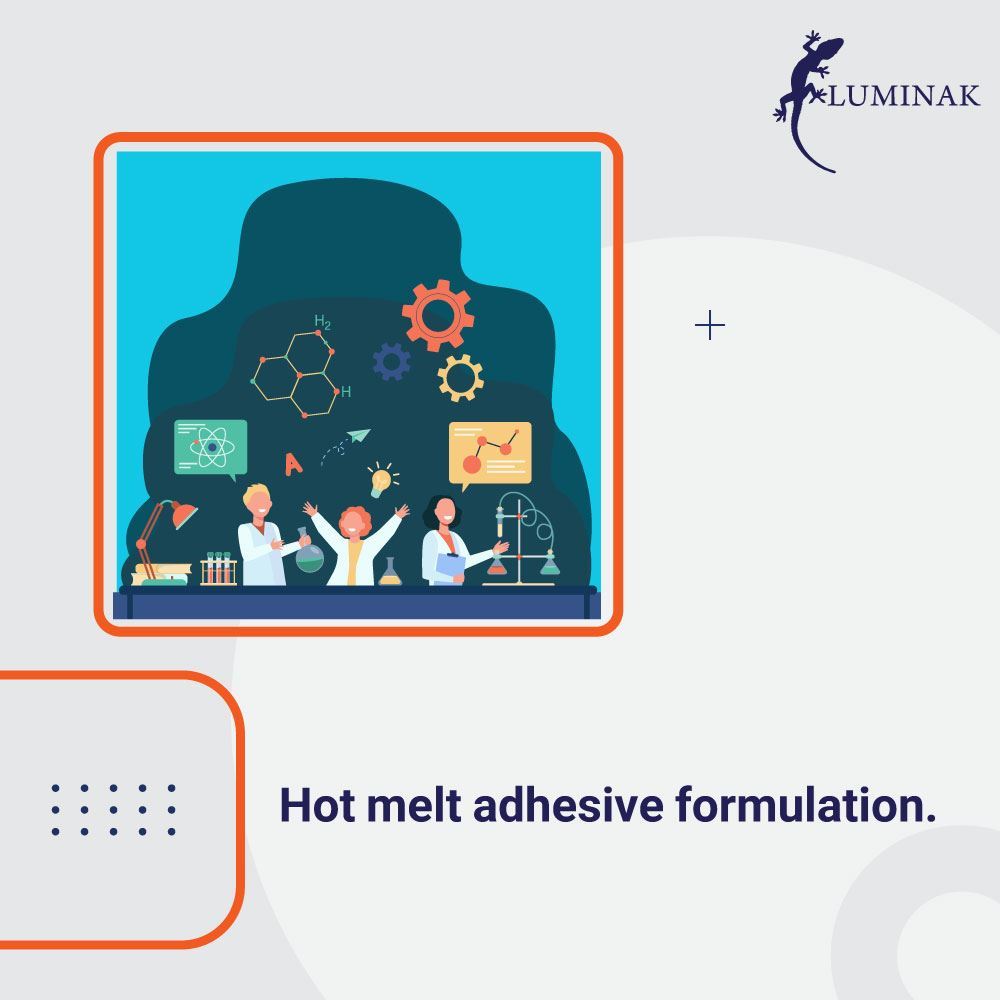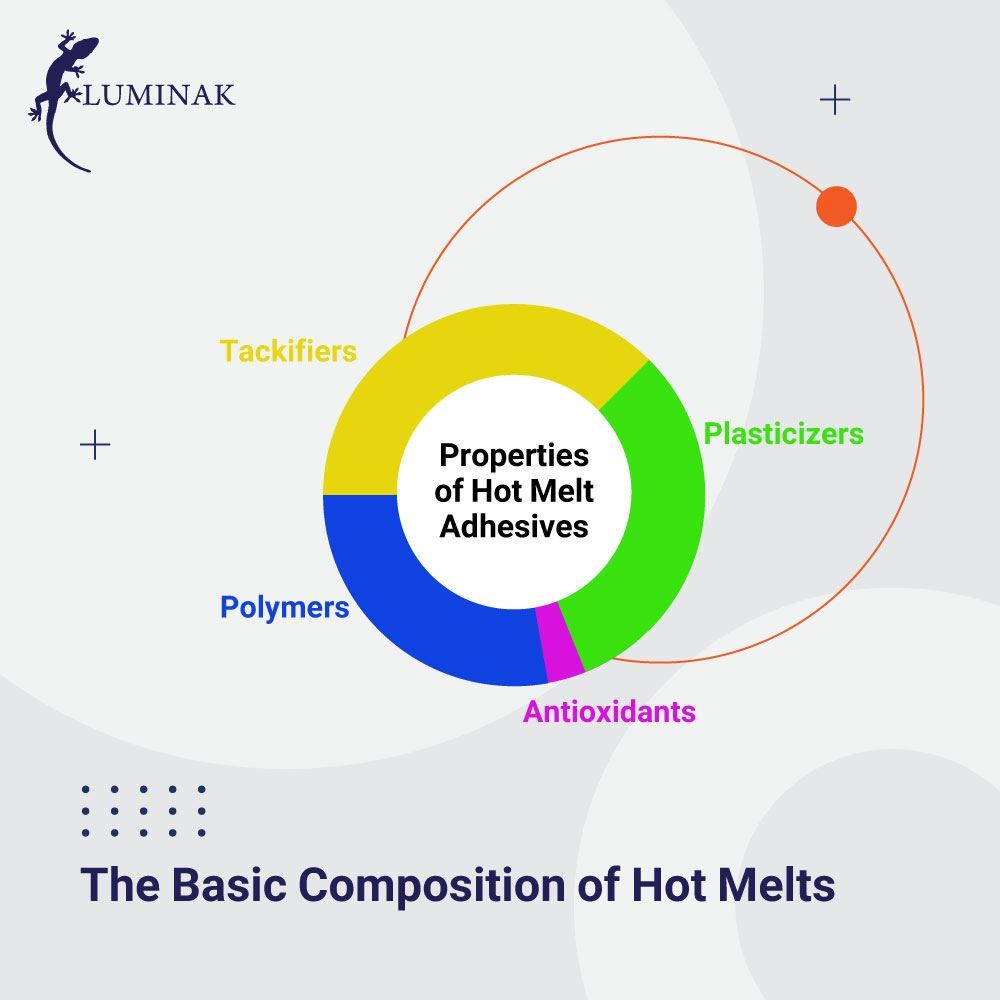Hot melt adhesive, a thermoplastic solid at room temp, bonds surfaces when molten. Components include polymer for strength, resin for bonding, chemical softeners for viscosity, and antioxidants for protection. Benefits: durability, thickness retention, no VOCs, quick drying, cost-effectiveness. Acronal adhesives, pressure-sensitive, find wide use. Differences: hot melt's superior adhesion, higher melting temp, perceived reliability compared to Acronal.
Blog posts tagged with 'hotmelt adhesive'
RSSComprehensive Overview of Resins: Types, Properties, and Applications
Resins, whether natural or synthetic, are characterized by high viscosity. Natural resins, like rosin, are obtained from tree exudations, transparent, and range in color from yellow to brown. Synthetic resins, dissolvable in organic solvents but not in water, replace natural resins in modern industries. Synthetic resins are categorized as thermoplastic or thermosetting based on their response to heat.
the Power of Masterbatches as Reinforcement Agents in Polymer Composites
Enhance polymer properties with masterbatches – a blend of base polymers and reinforcement agents like fibers. Applications include improved strength, impact resistance, and heat resistance. Cost-effective and efficient, masterbatches offer advantages in processing, storage, and color uniformity, making them essential in polymer industries
The Multifaceted World of Pigments and Their Diverse Applications
Pigments, insoluble compounds, color surfaces, offer protection, enhance aesthetics. Versatile applications include coatings, masterbatches, and contributions to materials like plastics, cellulose. Integral in crafting colors, lacquer, varnish, and printing compounds. Transformative agents in diverse industries.
 English
English
 Arabic
Arabic
 Russian
Russian
 Chinese
Chinese
 Hindi
Hindi
 Turkish
Turkish
 فارسی
فارسی
 English
English
 بسپارگستر
بسپارگستر

